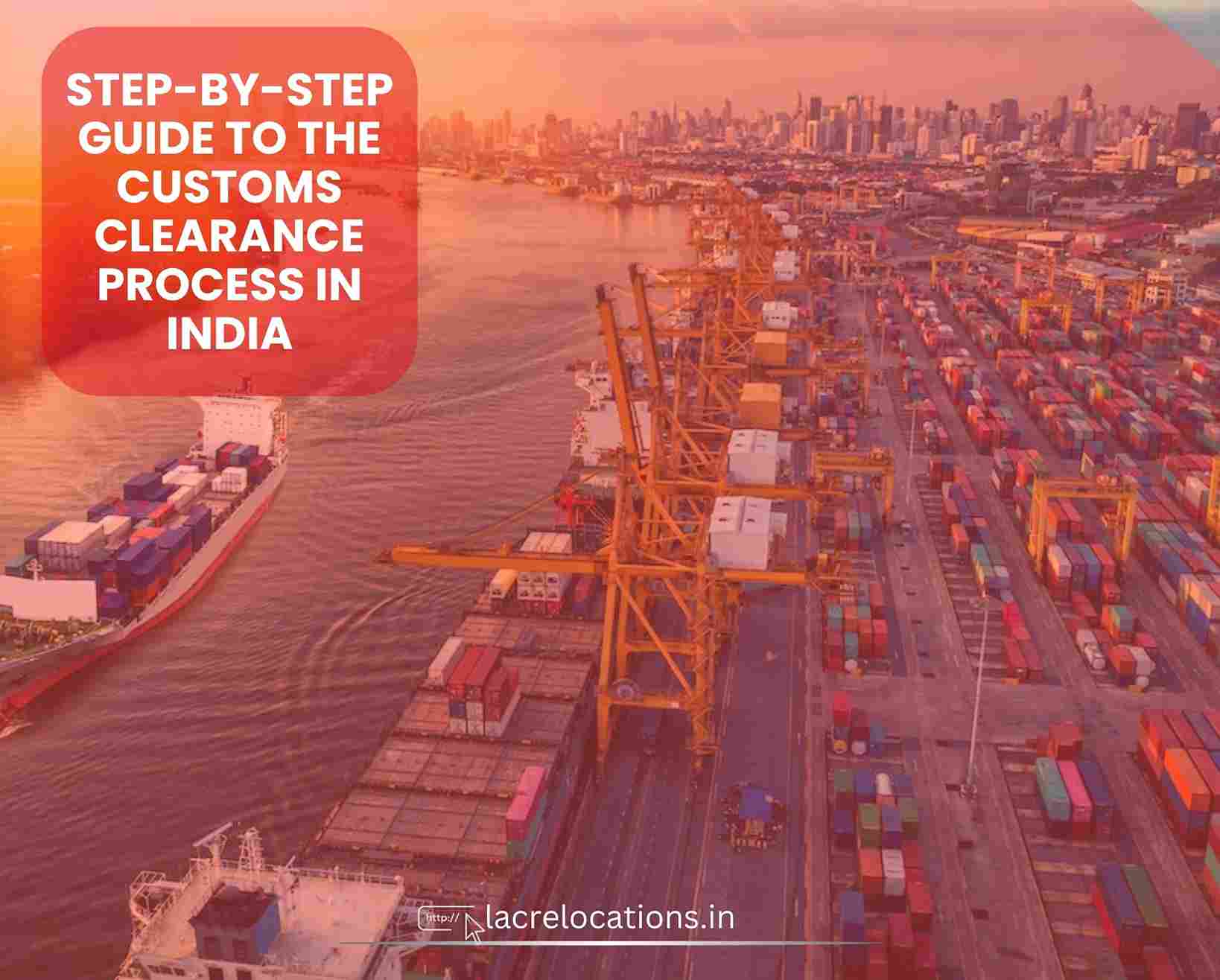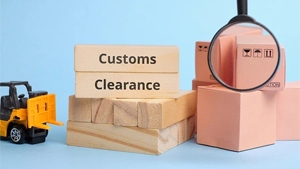Understanding Customs Clearance in India
Customs clearance is the process of moving goods through customs before they enter or leave the country. In India, imported and exported goods follow legal procedures and pay all applicable duties.
The Central Board of Indirect Taxes and Customs (CBIC) manages customs rules. It regulates all imports and exports and ensures that traders follow laws and guidelines.
Customs clearance improves trade compliance, prevents smuggling, and ensures that only approved goods cross borders.
Importance of Customs Clearance for Importers and Exporters
Clearing customs is necessary for legal trade. It avoids penalties, seizures, and other issues.
It also ensures goods are delivered on time. Delays in customs can stop shipments and loss of business.
When done right, it helps save money by avoiding extra costs, storage fees, and wrong duty payments.
Step-by-Step Customs Clearance Process in India
Step 1: Filing the Bill of Entry (For Imports)
The Bill of Entry is a legal document submitted to Indian Customs filed by importers when goods reach India. It lists shipment details, value and classification. It marks the beginning of the clearance procedure.
There are three types of Bills of Entry:
- Home Consumption
This is used when goods are imported for direct consumption in India. Once duties are paid and the cargo is cleared, the goods can be removed from the port immediately. This is the most popular type for regular import transactions. - Warehousing
Used when an importer wishes to store goods in a bonded warehouse without having to pay customs duty immediately. The duty is only paid when the goods are removed from the warehouse for use or sale. This helps to manage cash flow and inventory costs. - Ex-bond Clearance
Filed when goods stored in a bonded warehouse are finally being cleared for home consumption. At this point, the applicable customs duties must be paid before the goods are released.
This is the first step toward clearing imported goods. Each type serves a different purpose depending on importer when he wishes to receive the goods. Filing the proper type of bill of entry is critical for avoiding compliance issues and delays.
Step 2: Document Submission and Verification
Certain documents must be presented for customs clearance purposes. This includes:
- Invoice
- Packing list
- Bill of Lading or Airway Bill
- Import license (if needed)
- Insurance certificate
- Bill of Entry
- Product-related certifications
These documents are submitted to the ICEGATE portal for electronic processing and verification
Step 3: Customs Assessment and Duty Payment
After submission, customs officers inspect the goods. They check the value, type, and origin. This helps to determine the customs duty in India.
Goods are classified according to the Harmonized System (HS) Code. Each code specifies its own duty rate.
Once assessed, duty is paid online via ICEGATE or bank authorized portals.
Step 4: Customs Inspection and Examination
Based on the risk, goods go through physical checks. This includes:
- Green channel: No inspection
- Red channel: Full inspection
Random checks or detailed exams help ensure goods match the documents and meet safety rules
Step 5: Release of Goods
Once cleared, customs issues a “Out of Charge” order. This means that goods have been released.
A Delivery Order is then issued to the port or warehouse, allowing the importer to collect the shipment.
Essential Documents for Customs Clearance in India
Imports and exports require the following documents:
- Invoice
- Packing list
- Transport document (Bill of Lading or Airway Bill)
- Import/Export license
- Insurance
- Bill of Entry (for imports) or Shipping Bill (for exports)
- Product-related permits
All of these can be uploaded digitally using ICEGATE for faster processing.
Common Challenges in the Indian Customs Clearance Process
Delays and errors during customs clearance are very common. They often lead to added costs and hold-ups at ports. Some of the most common problems faced during the customs process in India:
- Wrong classification of goods
Each product must be classified under the correct Harmonized System (HS) code. If the code is incorrect, customs may charge the incorrect duty rate. This can result in increased payments, disputes, or shipment holds. - Missing or incorrect documents
Documentation is essential in customs clearance. Invoice errors, missing import licenses, and mismatched shipping details are all examples of common mistakes. Any gaps in the paperwork can cause delays and penalties. - Delays in duty payments
Import duties must be paid before the goods are cleared. Payment delays due to banking issues or errors in duty calculations may result in cargo being held at the port. This may result to additional charges for storage and demurrage.
These issues cause delays in the shipment and increase storage fees and fines. To avoid them, give attention to detail, proper planning and be up to date on customs procedures.
Role of a Customs Broker in India
A Customs House Agent (CHA) or customs broker is a licensed individual who handles customs work on behalf of importers and exporters.
Their responsibilities include:
- Filing documents.
- Paying duties.
- Coordinating inspections.
- Ensures fast and smooth clearance.
Hiring a customs broker in India helps to minimize errors and delays. It also saves time for companies.
Understanding Customs Clearance Charges in India
The cost of customs clearance in India is dependent on:
- Port of Entry
- Type of goods
- Volume and Weight
Charges include:
- Document handling fees
- CHA fees
- Port or warehouse handling charges
- Customs duty in India
Rates may differ from port to port.
Tips for Smooth Customs Clearance in India
Following are some tips for avoiding delays:
- Keep your documents complete and accurate.
- Use the correct HS codes.
- Check for product specific rules and bans.
- Ensure timely duty payments and work with experienced freight agents and brokers.
These small steps can help to speed up and smooth out the entire process.
Conclusion
The customs clearance procedure in India is detailed but manageable. Each step, from filing the Bill of Entry to having the goods released, requires careful attention.
Using the appropriate documents and paying duties on time ensures compliance. Mistakes can result in delays, penalties and shipment holds.
For trouble-free clearance, it is best to work with a reputable customs broker in India, such as LAC Relocations. We assist with paperwork, payments, and compliance to ensure that your goods move smoothly.

















